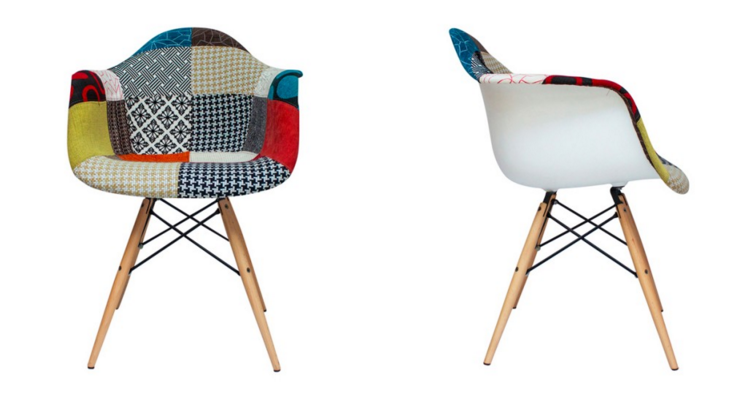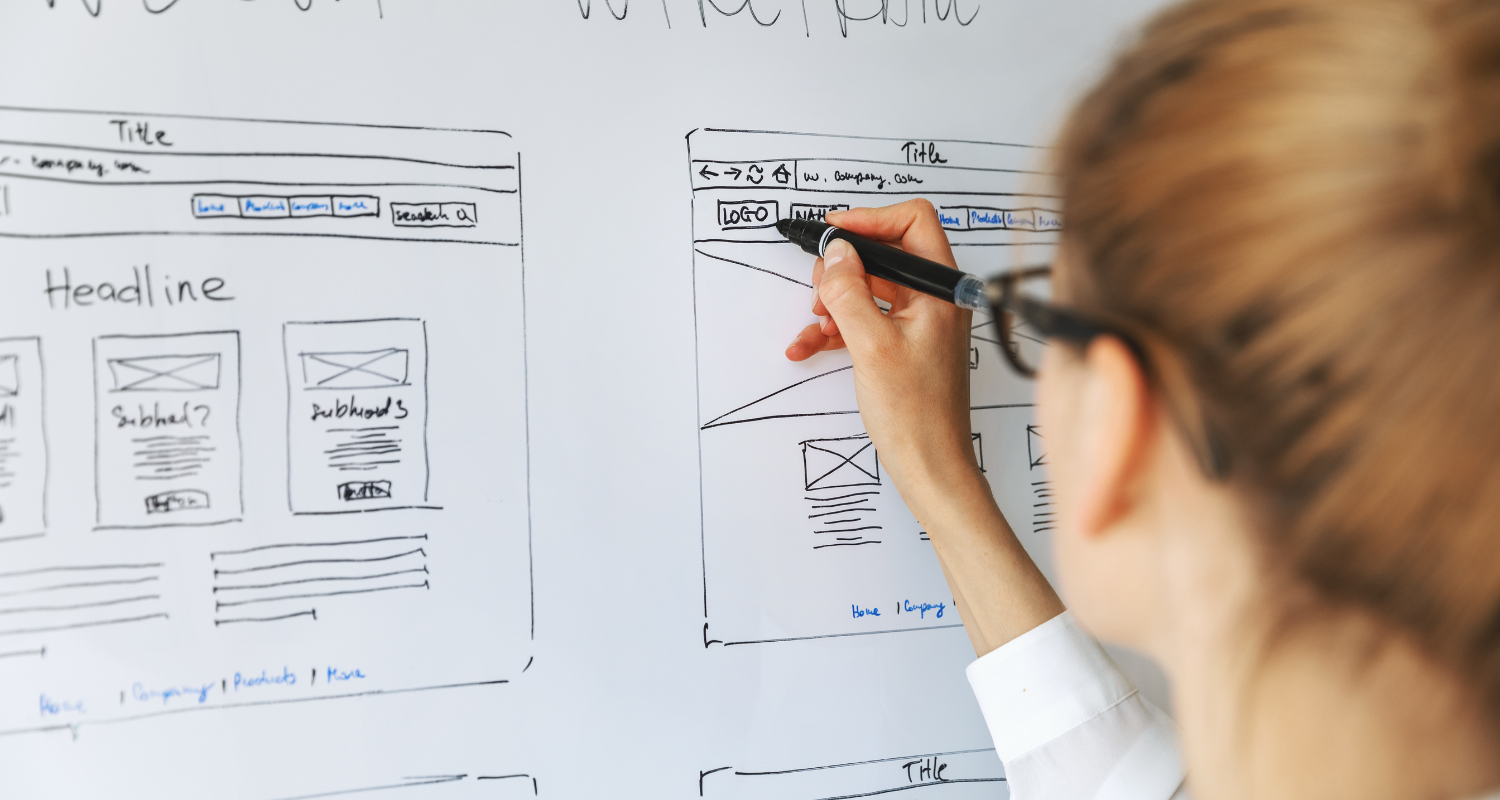Does not having access to a professional photography studio mean you’re doomed to have bad product photos? Nope!
All you need to take a great product image is a good light source, a stable surface and a setting that complements the product.
It’s entirely possible, even easy, to use everyday objects found lying around the house as pretty good photography equipment. Keep reading for my DIY photography studio on a home budget.
1. Set up your DIY photography studio lighting
For a professional-looking photo, you need to light up both your product and the entire photograph. This can only be done using multiple light sources.
Reading or desk lamps are great sources of artificial lighting — particularly if they’re adjustable so you can aim them wherever you want. Shine one light onto your product and one onto the ceiling to create a warm glow. Ceiling lights often create harsh shadows, so avoid using them.
Alternatively, you can embrace the sun and use natural lighting (either on its own or with an artificial light source). Any room with ample window lighting can work quite well but remember that lighting changes depending on the time of day, so aim to always shoot at similar times for consistent product images.
Try photographing your product with different light source combinations and from various angles to see what works best for your product. However, try not to mix warm and cool light sources to not confuse your camera’s white balance calibration.
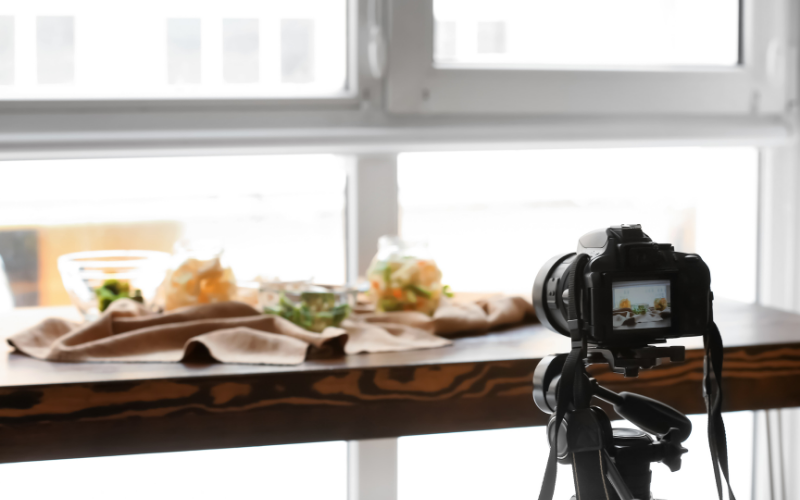
Tip: If you want your lighting to be a specific colour, use a computer monitor at its maximum brightness level. Open a photo-editing program and fill your screen with the colour you want. Start with white and then experiment with various warm and cool colours, keeping in mind that the lighter the colour, the brighter the light. You can also use an online colour picker; I find Hailpixel and Piknik to be pretty good.
2. Construct your DIY tripod
Another thing you’ll need for your DIY photography studio: a tripod.
If you don’t know much about photography, tripods are used primarily to avoid camera shake when you shoot at slow shutter speeds. Even the steadiest hands aren’t able to product track-sharp images when your shutter speed is lower than 0.5 seconds, particularly when lighting is average or you’re shooting a close-up.
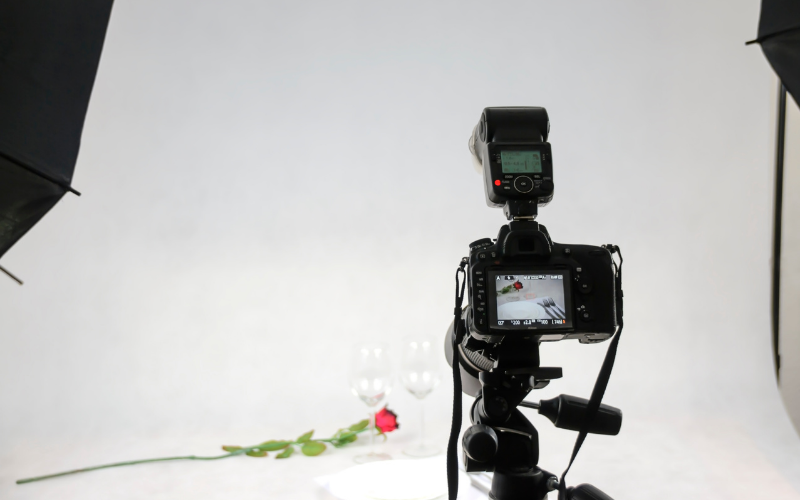
But here’s the thing – you don’t need an expensive, fancy tripod to stabilise your camera. Use any kind of a hard, even and stable surface. Small tables and hard floors are perfect. You can even get creative and make a tower out of books.
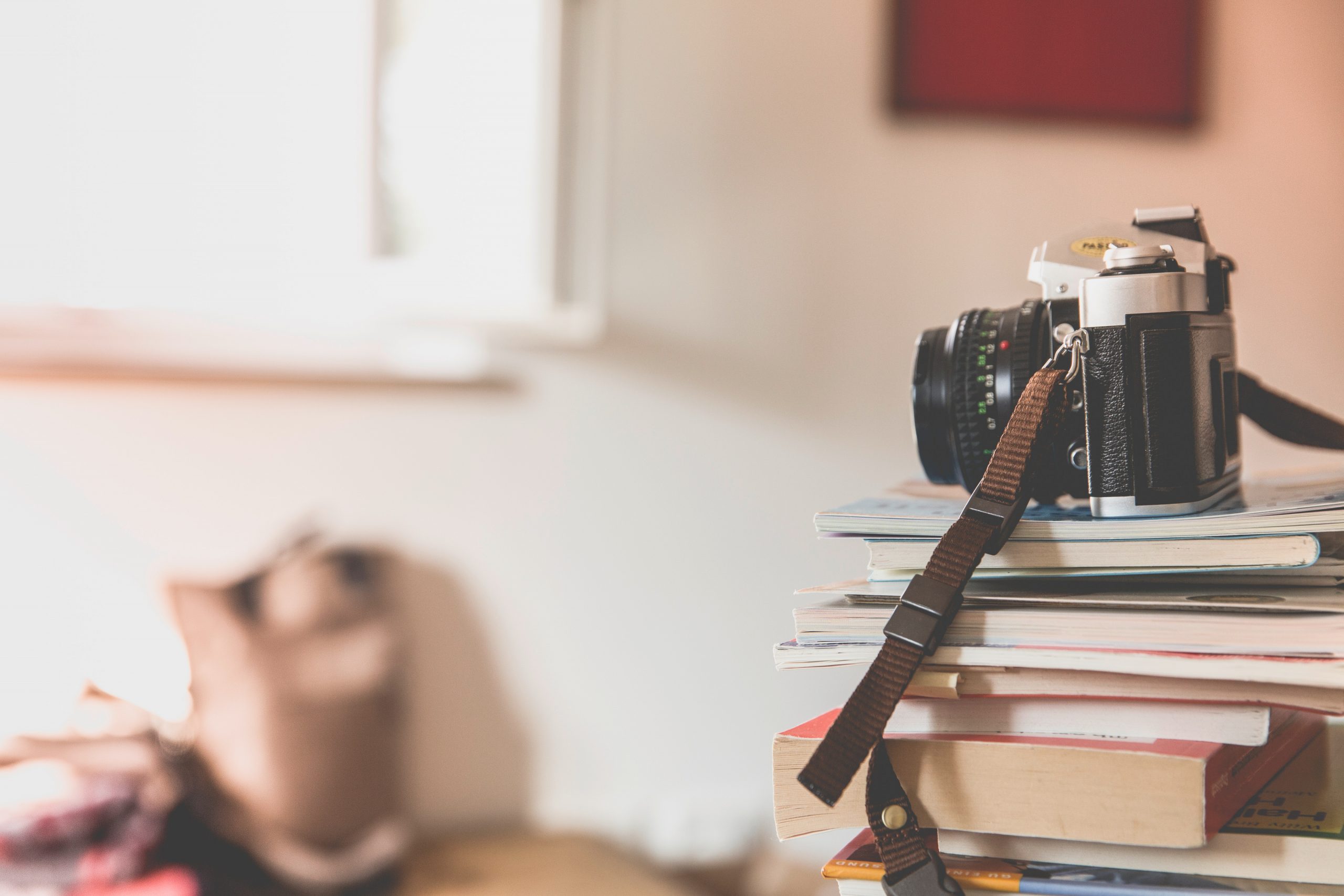
Tip: Mark a spot for your camera, a spot for your subject and, if you’re using any artificial light sources, a spot for each light source. This will keep your images consistent. Make sure you mark your spots discreetly (I find clear tape works quite well).
3. What is your DIY setting?
The setting has to complement your product! Avoid distracting elements in the foreground or background, opt for solid-coloured backgrounds and let your product do the talking.
A white background matches any eCommerce platform or website design and matches any product. This is important because while a blue background might look great with one of your products, it may clash with another product — then you have to choose between inconsistent images or an aesthetically unappealing photo.
Photograph your products against a white wall. Buy a big sheet of white paper or if you want to create a more permanent photo space, use wallpaper. Or, you can always edit/remove the background later in post-production.
Tip: If you have the time and the creative flair, complement your product image with an in-context photo (a photo of your product in use). You shouldn’t use this as your only product image, as you want your viewer to know exactly what you’re selling.

